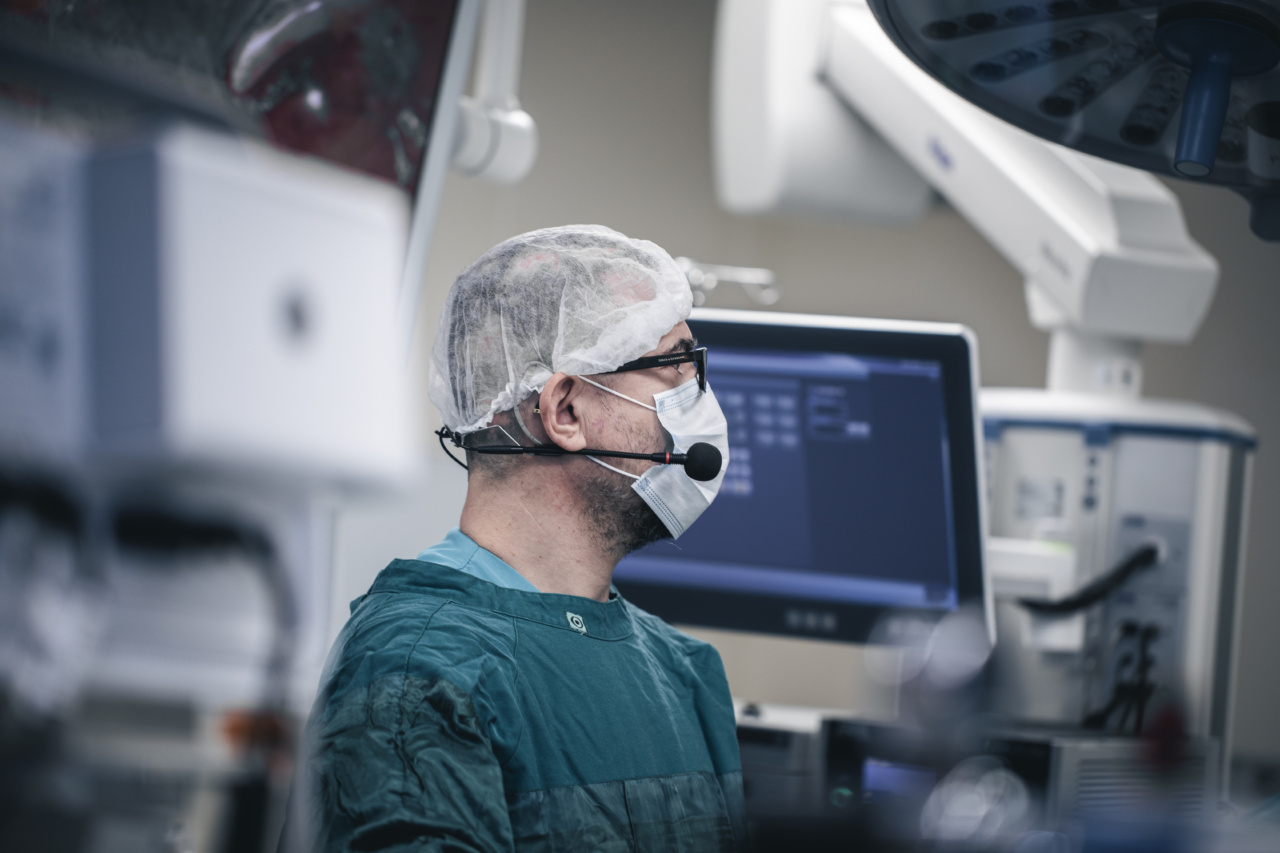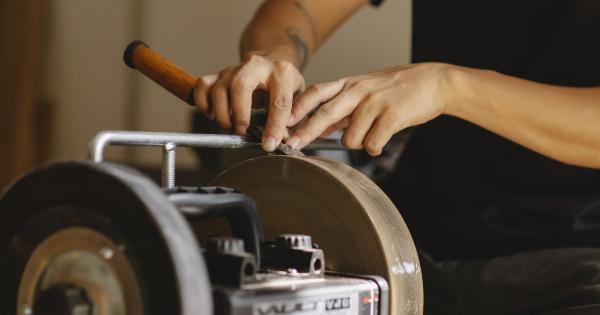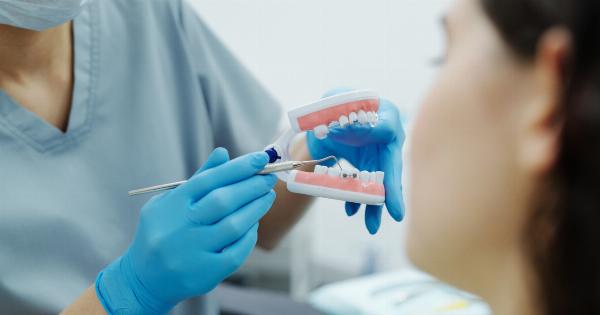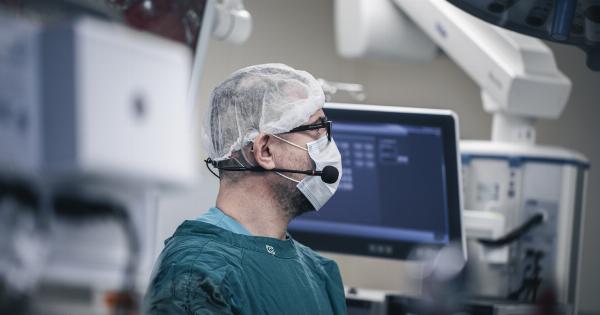Hernia surgery has become one of the most common surgical procedures, with more than a million surgeries performed each year in the United States alone.
Hernia surgery is a surgical procedure that repairs weakened or damaged tissue in the abdominal wall, usually caused by an opening or weak spot in the muscle that holds the organs in place. The traditional surgery for a hernia repair involves making an incision near the hernia site, and then the surgeon works to repair the weakness or the hole in the abdominal wall.
Over the years, however, new techniques and technologies have been developed to make hernia surgery less invasive and more effective in treating patients. Here are some of the most innovative techniques and technologies in hernia surgery today:.
Laparoscopic Hernia Surgery
Laparoscopic hernia surgery is a minimally invasive technique that is rapidly becoming the gold standard for hernia repairs.
In laparoscopic surgery, small incisions are made near the hernia site, and then a tiny camera and surgical instruments are inserted through the incisions. The surgeon then uses the camera to guide the instruments in performing the repair. Laparoscopic hernia surgery has several advantages over traditional surgery, including less pain, shorter hospital stays, and less scarring.
Robotic Hernia Surgery
Robotic hernia surgery is another minimally invasive option for patients, which is performed using robotic arms that are controlled by the surgeon from a console in the operating room.
The robotic arms have a greater range of motion than the human hand, which allows the surgeon to make more precise movements while performing the repair. Robotic hernia surgery has been shown to reduce pain, shorten the time it takes to return to normal activities, and reduce the risk of complications.
Self-Expanding Mesh
Self-expanding mesh is a new technology that is used in hernia surgery to repair the abdominal wall.
The mesh is made of a material that is flexible enough to be inserted through a small incision, and then once inside the body, it expands to fill the entire hernia site. The mesh is designed to fit snugly against the abdominal wall, providing additional support and reducing the risk of recurrence.
Self-expanding mesh is particularly effective for repairing large hernias, and it has been shown to reduce the time it takes to return to normal activities, as well as the risk of complications.
Biologic Mesh
Biologic mesh is a new type of mesh that is made from human or animal tissue, rather than synthetic materials.
The biologic mesh is used in hernia surgery to repair the abdominal wall, and it is designed to be absorbed by the body over time, leaving only healthy tissue behind. Biologic mesh is particularly effective for patients who have had multiple hernia surgeries, as it reduces the risk of tissue damage or adhesions that can occur with traditional mesh.
3D Printing
3D printing is a new technology that is being used in hernia surgery to create customized implants for patients.
The 3D printing process involves creating a digital model of the patient’s abdominal wall, and then using a 3D printer to create a mesh that is tailored to the patient’s specific needs. The 3D printed mesh can be designed to fit precisely over the hernia site, providing additional support and reducing the risk of recurrence.
3D printing is particularly effective for patients who have complex hernias or have had multiple hernia surgeries in the past.
Plug Repair
Plug repair is a minimally invasive hernia repair technique that involves inserting a small mesh plug into the hernia site. The plug is designed to fit snugly against the abdominal wall, providing additional support and reducing the risk of recurrence.
Plug repair is particularly effective for small hernias, and it has been shown to reduce the time it takes to return to normal activities, as well as the risk of complications.
Antibiotics-Loaded Mesh
Antibiotics-loaded mesh is a new type of mesh that is designed to reduce the risk of infection following hernia surgery. The mesh is coated with antibiotics, which are slowly released into the body over time.
This reduces the risk of infection, which can be a complication of hernia surgery. Antibiotics-loaded mesh is particularly effective for patients who are at high risk of developing an infection, such as those with diabetes or a weakened immune system.
Smart Technology
Smart technology is a new innovation in hernia surgery that uses sensors and monitors to track patients’ vital signs during and after surgery.
The sensors and monitors provide real-time feedback to the surgical team, allowing them to make adjustments as needed to ensure the best possible outcome for the patient. Smart technology is particularly effective for patients who are at high risk for complications, such as those with other medical conditions or those who are overweight.
Cryotherapy
Cryotherapy is a new technique that is used in hernia surgery to reduce pain and inflammation following the procedure. Cryotherapy involves applying a cold compress to the hernia site, which helps to reduce swelling and pain.
Cryotherapy has been shown to be effective in reducing the time it takes to return to normal activities, as well as the risk of complications.
Conclusion
With so many innovative techniques and technologies available, hernia surgery has become less invasive and more effective than ever before.
Whether it’s laparoscopic surgery, robotic surgery, self-expanding mesh, biologic mesh, 3D printing, plug repair, antibiotics-loaded mesh, smart technology, or cryotherapy, patients now have a wide range of options for treating their hernia. If you’re in need of hernia surgery, talk to your doctor about which option is right for you.






























